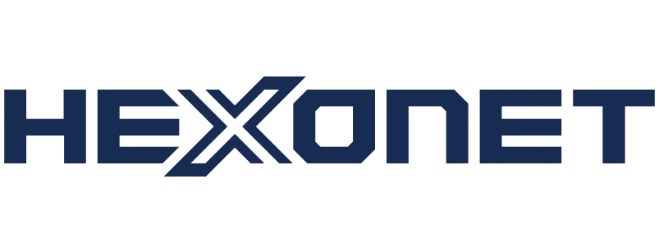A security vulnerability in the DNSSEC standard that could crash DNS resolution in software such as BIND and services such as Cloudflare and Google Public DNS has been called “the most devastating vulnerability ever found in DNSSEC”.
Named KeyTrap, it enables attackers to overwhelm a DNS resolver’s CPU for as long as 16 hours, forcing it to process up to two million times its usual load, using a single malicious DNS packet, making for a potentially crippling denial-of-service attack.
The flaw was discovered last year by Elias Heftrig, Haya Schulmann, Niklas Vogel, and Michael Waidner from ATHENE, the German National Research Center for Applied Cybersecurity, and publicly disclosed last week after vendors were given time to develop and deploy patches.
While KeyTrap has been present in DNS software for almost a quarter-century, the researchers are not aware of it being exploited in the wild.
The vulnerability is actually baked into the DNSSEC technical standards, developed in the 1990s, rather than being specific to any one implementation of the specs, according to the researchers. In fact, in order to patch the problem vendors had to break with the standard RFCs.
KeyTrap works because DNSSEC is (believe it or not) designed to avoid causing downtime when it fails, so it tries too eagerly to validate cryptographic signatures by checking all the keys available to it. Exploiting this helpfulness, an attacker could trick a resolver into eating up all its CPU resources checking huge numbers of keys.
Schulmann wrote in an article explaining the vulnerability:
Our methods show a low-resource adversary can fully attack a DNS resolver with a Denial-of-Service (DoS) for up to 16 hours with a single DNS request. Members from the 31-participant task force of major operators, vendors, and developers of DNS/DNSSEC, to which we disclosed our research, dubbed our attack ‘the most devastating vulnerability ever found in DNSSEC’.
DNSSEC is designed to mitigate the risk of DNS cache-poisoning, a form of man-in-the-middle attack known as “pharming”, but because its default behavior when the crypto fails is to refuse to resolve the affected domains, it can also lead to availability problems.
It’s not uncommon for entire TLDs to fail for hours when the registry screws up a DNSSEC key rollover. The web site you’re reading right now suffered downtime a few years ago due to a DNSSEC fail at the registrar level.
The KeyTrap researchers believe about 31% of web client devices currently use DNSSEC resolvers.
The post KeyTrap ‘the most devastating vulnerability ever found in DNSSEC’ first appeared on Domain Incite.

